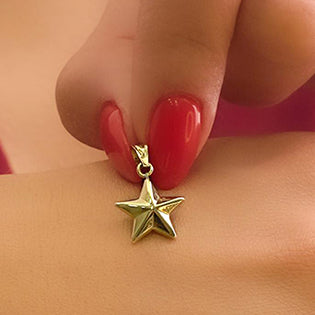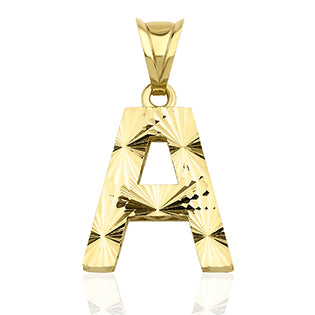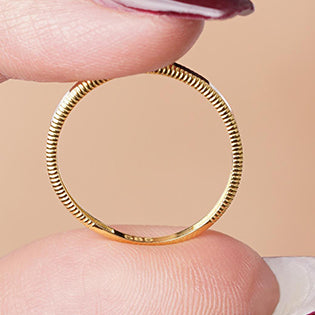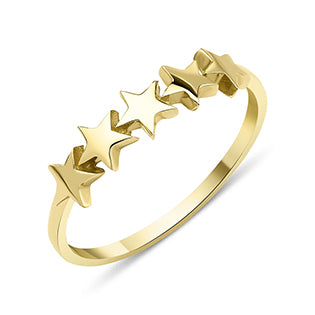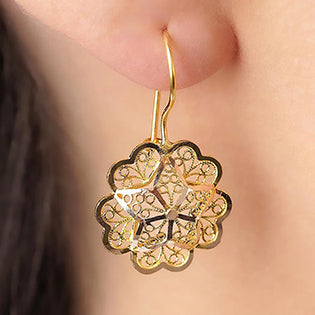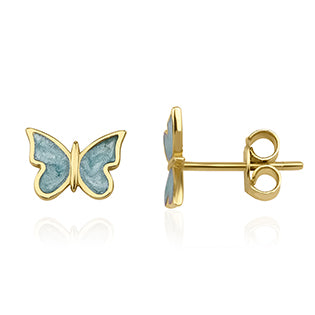
Understanding the Value of Selling Gold in the US
Introduction
Gold has long been a symbol of wealth and stability, attracting investors and individuals alike in the United States. Whether you inherited a gold piece, purchased it as an investment, or simply want to liquidate unused jewelry, selling gold can be a lucrative decision. However, determining "how much will I get if I sell my gold?" is a complex question that depends on various factors including current market prices, gold purity, weight, and the method of sale. This article we will explore the intricacies of selling gold, offering insights into valuation, the best practices, potential pitfalls, and answers to common questions Americans might have about this process.
The Current Gold Market
As of August 2025, the price of gold fluctuates based on global economic conditions, inflation rates, and demand in the jewelry and investment sectors. Historically, gold prices have seen significant rises, with an ounce often valued above $2,000 in recent years. For individuals in the US, understanding the daily spot price—available through financial news outlets or gold dealers—is the first step in estimating potential returns. This price represents the current market value of pure gold per troy ounce, but what you receive will be less due to purity adjustments and dealer margins.
Factors Affecting Gold’s Selling Price
Purity and Karats
Gold jewelry and coins are rarely 100% pure; they are alloyed with other metals to enhance durability. In the US, gold is measured in karats, where 24 karats is pure gold. Common items might be 10k (41.7% pure), 14k (58.3% pure), or 18k (75% pure). When selling, the price is calculated based on the pure gold content, so a 10k piece will fetch less per gram than an 18k piece.
Weight Measurement
Gold is weighed in troy ounces (1 troy ounce = 31.1035 grams) or grams. Sellers must accurately weigh their gold, often using a jeweler’s scale, to determine its value. For instance, a 10-gram 14k gold ring contains approximately 5.83 grams of pure gold, which is the basis for its market value.
Market Demand and Dealer Margins
Dealers and pawnshops buy gold below the spot price to resell at a profit. The margin can vary from 10% to 30% or more, depending on the buyer and market conditions. Online gold buyers might offer competitive rates but require careful vetting to avoid scams.
How Much Is 1 Gram of Gold Worth?
To estimate the value, multiply the current spot price per troy ounce by 0.0321507 to convert to per gram, then adjust for purity. For example, if the spot price is $2,500 per ounce, the value per gram of pure gold is approximately $80.32. A 14k gold item would then be worth about $46.86 per gram. This calculation helps set realistic expectations, though actual offers may differ.
How Much Is 1 Ounce of Gold Today?
As of early August 2025, assuming a spot price around $2,500 per troy ounce for pure gold, that’s the baseline. However, sellers of gold coins or bars (e.g., American Eagle coins) might receive a premium due to collectibility, while scrap gold (e.g., old jewelry) typically sells at a discount.
How Much Can I Expect to Sell My Gold For Per Gram?
Expectations should account for purity and buyer margins. For 14k gold, with a spot price of $80.32 per gram of pure gold, you might receive $40–$60 per gram from a dealer, depending on their offer. Online platforms or auctions could push this higher, but fees and shipping costs might offset gains.
What Is the Best Way to Sell My Gold?
Local Jewelers and Pawnshops
These offer immediate cash but often the lowest prices due to high overheads. Visit multiple locations to compare offers.
Online Gold Buyers
Websites like CashforGoldUSA or JM Bullion provide convenience and potentially better rates. Send your gold after verifying the company’s reputation, and insure the shipment.
Auctions and Private Sales
For high-value or collectible items, auctions (e.g., through Heritage Auctions) can maximize returns, though they involve fees and longer timelines. Private sales to collectors require caution to avoid fraud.
Refineries
Specialized refiners buy large quantities of gold, offering prices closer to spot value, but this is more suited for bulk sellers.
How to Calculate Gold Resale Value?
-
Check the Spot Price: Use a reliable source like Kitco for the current price.
-
Determine Purity: Look for karat marks or have it assayed.
-
Weigh the Gold: Use a precise scale.
-
Calculate Pure Gold Content: Multiply weight by the purity percentage (e.g., 14k = 0.583).
-
Apply Market Adjustment: Reduce by 20–30% for dealer margins.
For example, a 20-gram 18k gold necklace has 15 grams of pure gold. At $80.32 per gram, its base value is $1,204.80, but you might receive $840–$960 after margins.
What Should You Not Do When Selling Gold?
-
Avoid Rushing: Accepting the first offer without comparison can cost you.
-
Don’t Ignore Purity: Selling without assaying risks undervaluation.
-
Skip Unverified Buyers: Scams are common; check reviews and BBB ratings.
-
Don’t Overlook Taxes: The IRS may tax profits as capital gains; consult a tax professional.
Do You Lose When You Sell Gold?
Selling below the purchase price results in a loss, but market timing affects this. Gold’s resale value is also lower than its retail price due to margins. However, if held long-term, gains from price appreciation can offset losses, making it a strategic move during high market peaks.
Legal and Tax Considerations
In the US, selling gold is legal, but profits over $600 from dealers must be reported to the IRS via Form 1099-B. Long-term gains (held over a year) are taxed at 0–20% based on income, while short-term gains align with income tax rates. Keep records of purchase and sale prices for accurate reporting.
Trends and Future Outlook
Gold prices may rise with economic uncertainty or inflation, a concern in 2025 amid global shifts. The US Mint’s gold coin sales and jewelry demand signal sustained interest, suggesting now could be a good time to sell if prices peak. Monitor Federal Reserve policies for further clues.
Practical Tips for Sellers
-
Clean your gold to improve appearance, but don’t remove hallmarks.
-
Get multiple quotes to leverage competition.
-
Consider holding if prices are expected to rise soon, based on economic forecasts.
Selling gold in the US offers a chance to turn assets into cash, but success hinges on understanding market dynamics, accurately valuing your gold, and choosing the right sale method. Whether you’re offloading a family heirloom or cashing in an investment, informed decisions maximize returns. As gold remains a hedge against inflation, timing your sale with market highs can yield the best outcome. Always weigh the emotional value against financial gain, and consult experts when needed to navigate this valuable process.





